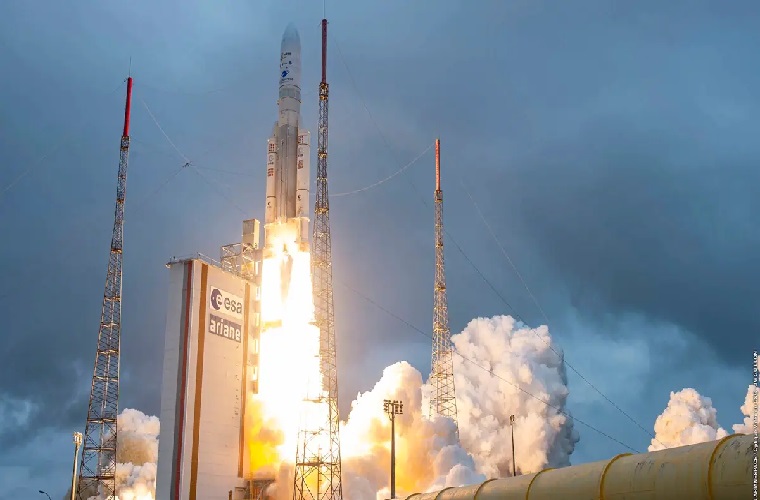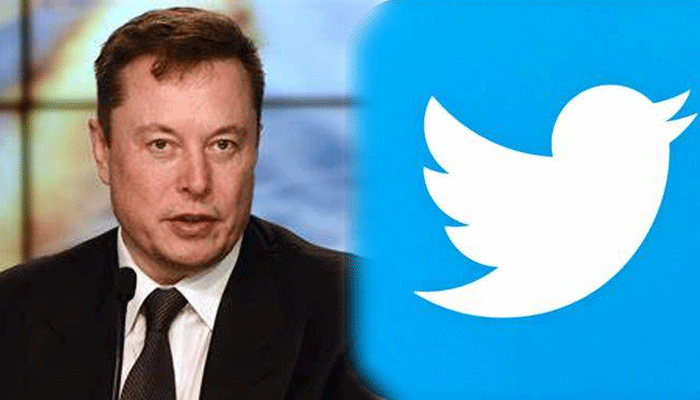Popular News
NASA launches revolutionary space telescope

NASA’s James Webb Space Telescope, built to give the world a glimpse of the universe as it existed when the first galaxies formed, was launched by rocket early Saturday from South America’s north-eastern coast, opening a new era of astronomy.
The revolutionary $9 billion infrared telescope, described by NASA as the premiere space-science observatory of the next decade, was carried aloft inside the cargo bay of an Ariane 5 rocket that blasted off at about 7:20 am EST (1220 GMT) from the European Space Agency’s (ESA) launch base in French Guiana.
The flawless Christmas Day launch, with a countdown conducted in French, was carried live on a joint NASA-ESA webcast.
“From a tropical rain forest to the edge of time itself, James Webb begins a voyage back to the birth of the universe,” a NASA commentator said as the two-stage launch vehicle, fitted with double solid-rocket boosters, roared off its launch pad into cloudy skies.
After a 27-minute, hypersonic ride into space, the 14,000-pound instrument was released from the upper stage of the French-built rocket about 865 miles above the Earth, and should gradually unfurl to nearly the size of a tennis court over the next 13 days as it sails onward on its own.
Live video captured by a camera mounted on the rocket’s upper stage showed the Webb gliding gently away after it was jettisoned, drawing cheers and applause from jubilant flight engineers in the mission control center.
Flight controllers confirmed moments later, as the Webb’s solar-energy array was deployed, that its power supply was working.
Coasting through space for two more weeks, the Webb telescope will reach its destination in solar orbit 1 million miles from Earth – about four times farther away than the moon. And Webb’s special orbital path will keep it in constant alignment with the Earth as the planet and telescope circle the sun in tandem.
By comparison, Webb’s 30-year-old predecessor, the Hubble Space Telescope, orbits the Earth from 340 miles away, passing in and out of the planet’s shadow every 90 minutes.
Named after the man who oversaw NASA through most of its formative decade of the 1960s, Webb is about 100 times more sensitive than Hubble and is expected to transform scientists’ understanding of the universe and our place in it.
Webb mainly will view the cosmos in the infrared spectrum, allowing it to gaze through clouds of gas and dust where stars are being born, while Hubble has operated primarily at optical and ultraviolet wavelengths.
The new telescope’s primary mirror – consisting of 18 hexagonal segments of gold-coated beryllium metal – also has a much bigger light-collecting area, enabling it to observe objects at greater distances, thus farther back into time, than Hubble or any other telescope.
That, astronomers say, will bring into view a glimpse of the cosmos never previously seen – dating to just 100 million years after the Big Bang, the theoretical flashpoint that set in motion the expansion of the observable










